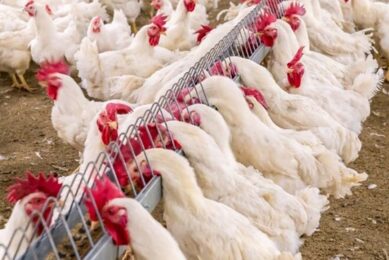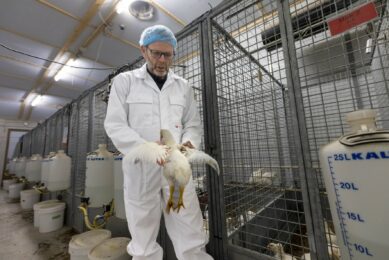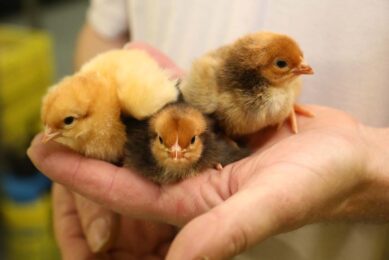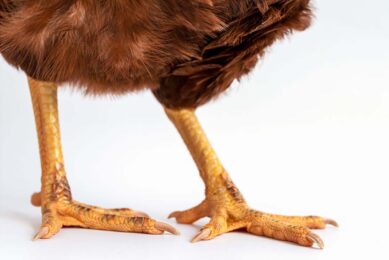Column: Overcoming the hatchability crisis

At the end of January 2025, I visited Atlanta for the IPSF and IPPE. During several meetings with individuals from the US breeder industry, the “hatchability crisis” was frequently mentioned.
Data from the USDA shows that the average hatchability of hatching eggs in the US has decreased by an average of 0.5% annually between 2012 and 2024, dropping from 85% to 79%. Additionally, the production of hatching eggs and chicks per hen housed is also declining, which leads to significantly higher investments in broiler breeder spaces.
In contrast, data from north-western Europe shows an increase in hatchability over the same period, rising by 4% (from 81% to 85%). Combined with a 15-egg increase in egg production per hen house, this has led to nearly an increase in 20 chicks per hen housed.
There are, of course, some differences in breeds. In Europe, the Ross 308 is predominantly used, which is somewhat easier to manage compared to the Ross 308AP, Ross 708, and Cobb 700. In the US, breeders are typically counted up to 64 weeks of age, while in Europe, it’s up to 60 weeks. Taking this into account, one might expect a hatchability difference of maybe 1-2%, but not as large as 6%.
The primary source of the hatchability crisis
Articles have been published discussing potential health issues, floor eggs and the aging industry. In my view, the latter is the primary source of the hatchability crisis. The US broiler breeder industry is a perfect example of the saying ‘Standing still is moving backwards’.
I have previously visited several breeder farms and each time I’ve been surprised by the outdated houses and equipment. The differences in layout between the USA and the EU are a major contributor to the hatchability problem. Some 40 years ago, we imported the ‘Arbor-Acres system’ to the Netherlands, which featured central litter and slats on both sides, along with manual nest boxes. This system worked very well at the time and was considered state-of-the-art for breeder houses.
However, with the introduction of automation and automated colony nest boxes (such as Jansen, Vencomatic and Van Gent), the EU transitioned to a central slat system. In contrast, in the US, individual tin nest boxes are placed on both sides of the slats. This design acts as an obstacle, hindering the movement of females between the slats and litter. As breeders age, they tend to stay behind the nest boxes in central litter houses and rarely come into contact with the males, who live and mate in the litter area. This explains the dramatically decreasing trend in hatchability in the second part of the laying phase.
The solution to the hatchability crisis, in my opinion, is to adopt the EU broiler breeder house layout and stockmanship learnings gained in recent decades.












